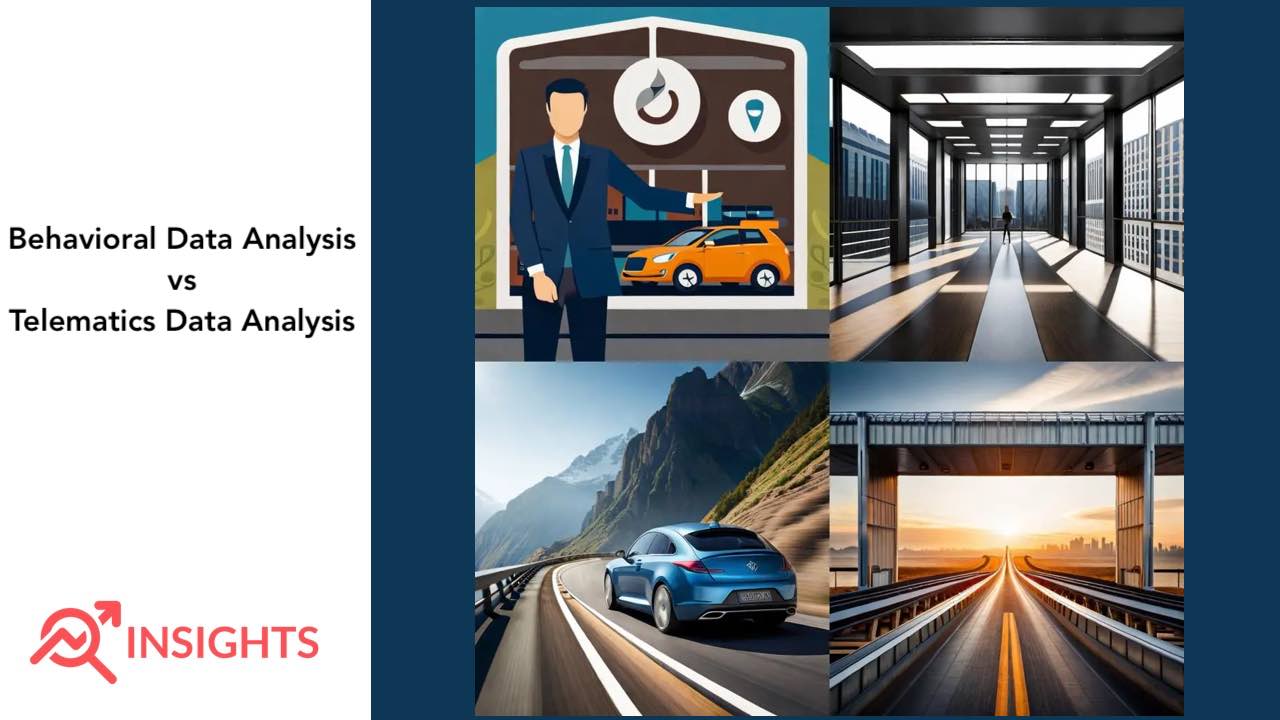In today’s data-driven world, understanding human behavior is more crucial than ever. Two powerful tools have emerged to shed light on our actions: behavioral data analysis and telematics data analysis. While they share a common goal, their methods and applications differ significantly. Let’s delve into the unique strengths of each approach.
Behavioral Data Analysis: Decoding Online and Offline Actions
Behavioral data analysis focuses on collecting and analyzing data about human behavior across various sources. Imagine website clickstream data revealing how customers navigate a shopping platform, or social media posts offering insights into brand perception. This data can also be gleaned from customer surveys, providing direct feedback on preferences and motivations.
The applications of behavioral data analysis are vast. Here are just a few examples:
- Understanding Customer Shopping Habits: By analyzing website clickstream data, companies can identify how customers interact with their online stores. This knowledge empowers them to improve user experience, optimize product placement, and ultimately boost sales.
- Enhancing Employee Productivity: Tracking employee activity through software tools allows companies to identify areas for improvement. This can involve optimizing workflows, providing targeted training, or fostering a more collaborative work environment.
- Monitoring Patient Health: Wearable devices and health apps can generate data about a patient’s sleep patterns, activity levels, and even emotional states. These insights can be invaluable for healthcare professionals in monitoring chronic conditions and promoting overall well-being.
Telematics Data Analysis: Taking the Wheel of Vehicle Behavior
Telematics data analysis, on the other hand, focuses specifically on vehicle behavior. This data is collected from onboard diagnostics (OBD) systems, GPS devices, and even “black boxes” installed in vehicles. Imagine analyzing data on speed, acceleration, braking patterns, and location to gain a comprehensive understanding of driving habits.
Telematics data analysis offers a valuable toolkit for various applications:
- Promoting Safe Driving: By analyzing driving data, companies can identify risky driving patterns like harsh braking or speeding. This allows them to implement targeted training programs and incentivize safe driving practices.
- Predictive Vehicle Maintenance: By monitoring vehicle usage and analyzing sensor data, telematics systems can predict potential maintenance issues before they become major problems. This proactive approach minimizes downtime and ensures optimal vehicle performance.
- Optimizing Fleet Management: For companies managing fleets of vehicles, telematics data analysis provides a real-time view of fleet activity. This allows them to optimize routes, monitor fuel efficiency, and ensure the safety of drivers and vehicles.
Comparison of Behavioral Data Analysis and Telematics Data Analysis
The following table compares behavioral data analysis and telematics data analysis:
| Feature | Behavioral Data Analysis | Telematics Data Analysis |
|---|---|---|
| Data Source | Website clickstream data, social media data, customer surveys | GPS devices, OBD systems, black boxes |
| Data Types | Clicks, page views, social media posts, survey responses | Speed, acceleration, braking, location |
| Applications | Customer behavior, employee productivity, patient health | Driving habits, vehicle maintenance, fleet management |
Which Approach is Right for You?
The optimal approach hinges on your specific needs. If you seek to understand general human behavior across various contexts, behavioral data analysis might be the key. It sheds light on user journeys, employee engagement, and even health trends.
However, if the focus is on vehicle behavior and optimizing transportation-related activities, telematics data analysis takes center stage. It empowers businesses to ensure driver safety, optimize fleet operations, and predict maintenance needs.
In some instances, a combined approach might be most effective. For example, a company analyzing customer shopping habits online could also utilize telematics data to understand how these customers drive their vehicles, providing a more holistic picture of their behavior.
The Power of Data: Unlocking Insights for a Better Future
Both behavioral data analysis and telematics data analysis are powerful tools that empower us to understand human behavior in greater detail. By harnessing these insights, we can improve customer experiences, optimize operations, and even promote safety on the roads. As data analysis techniques continue to evolve, the possibilities for unlocking valuable insights into human behavior are truly limitless.
